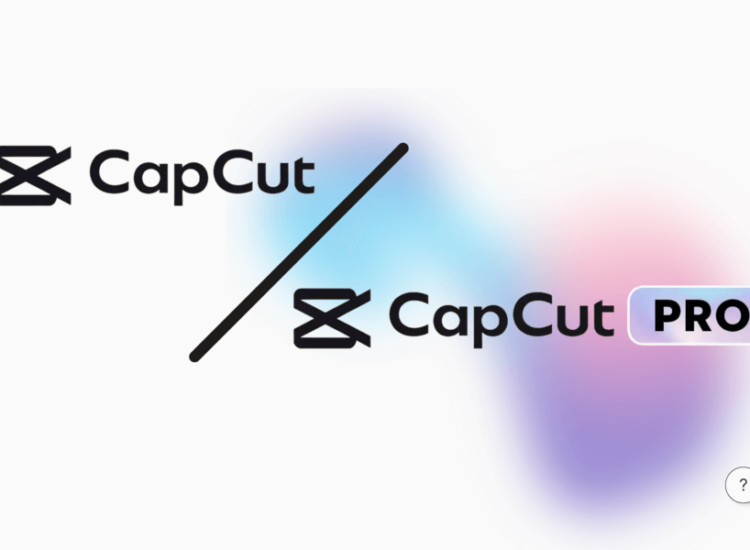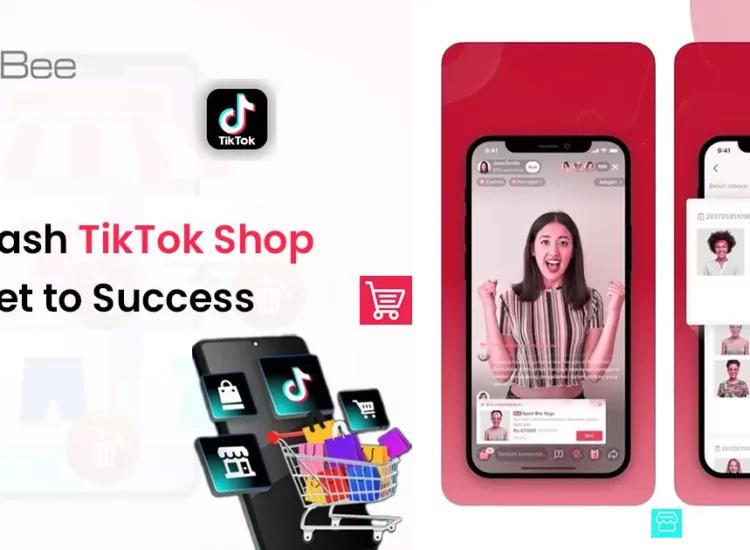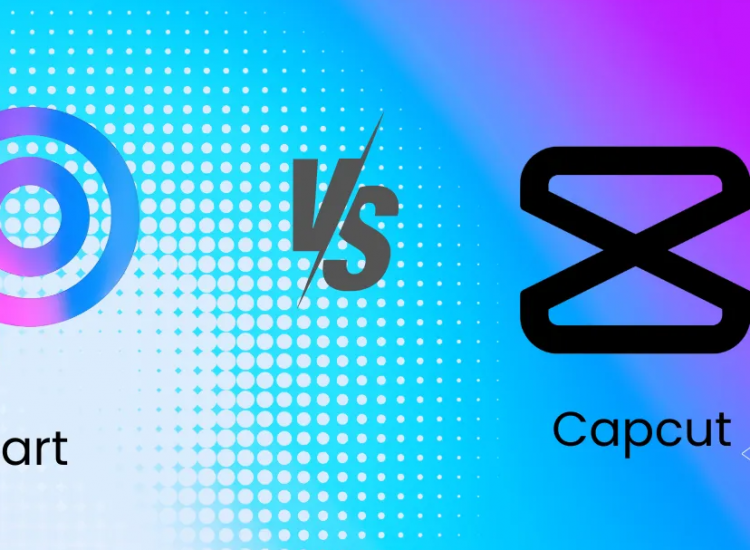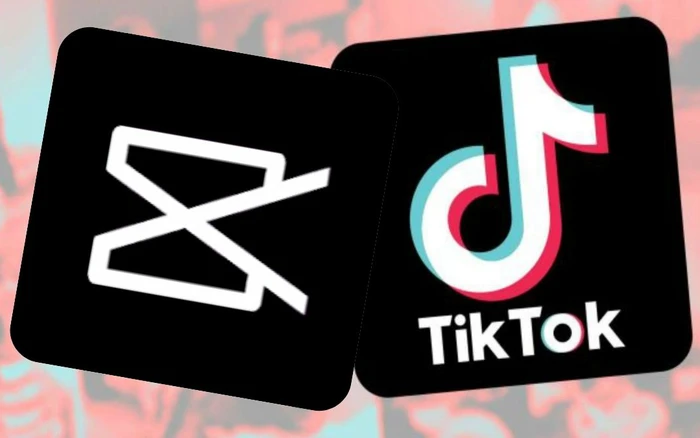The Rise of the Short-Form Shop: Exploring TikTok’s E-commerce Platform
1. Introduction
TikTok, initially renowned for its captivating short-form video content, has rapidly evolved beyond entertainment to become a significant player in the global e-commerce landscape. This essay will explore the emergence and impact of TikTok’s e-commerce platform, examining its key features, its disruption of traditional online retail models, the opportunities and challenges it presents for businesses, and its potential future trajectory. From viral product trends to seamless in-app purchasing, TikTok has carved a unique niche in the digital marketplace, capitalizing on its massive user base and engaging content format to reshape how consumers discover and buy products.

2. The Rise of TikTok as an E-commerce Platform
TikTok’s journey into e-commerce was a natural progression from its initial success as a social media phenomenon. Launched in 2016 (as Douyin in China) and gaining global popularity after its merger with Musical.ly in 2018, TikTok quickly amassed a vast and highly engaged user base, particularly among Gen Z and Millennials. Initially focused on user-generated short-form videos, the platform’s algorithm, which expertly curates content based on user preferences, fostered a culture of discovery and trend adoption. Recognizing the immense potential for monetization, TikTok gradually introduced e-commerce functionalities, most notably through TikTok Shop and in-app purchasing features. Several factors contributed to this rapid growth in the e-commerce sector. The platform’s massive and diverse user base provides a substantial potential customer pool for businesses. The powerful algorithm ensures that products can be showcased to highly relevant audiences based on their interests and viewing habits. Furthermore, TikTok’s thriving creator economy, where influencers and content creators hold significant sway over their followers’ purchasing decisions, has become a crucial driver of sales on the platform.
3. Key Features and Functionalities of TikTok E-commerce

Related articles 01:
1. https://cacutproapk.com/capcut-your-pocket-sized-travel-video-editing-studio
3. https://cacutproapk.com/capcut-vs-kinemaster-which-video-editor-reigns-supreme-in-2024
5. https://cacutproapk.com/capcut-crafting-stunning-travel-videos-with-ease
TikTok’s e-commerce ecosystem boasts a range of features designed to create a seamless and engaging shopping experience:
- In-feed Shopping: This allows businesses to integrate product listings directly into users’ “For You” page (FYP), the platform’s main content feed. Users can discover products organically as they scroll through entertaining videos, leading to impulse purchases and increased product visibility.
- Live Shopping: A popular feature that mirrors the success of live commerce in other regions, TikTok Live Shopping enables creators and brands to host real-time product demonstrations, answer questions, and interact with viewers, often offering exclusive deals and promotions. This creates a sense of urgency and community around the shopping experience.
- Creator Partnerships: TikTok heavily leverages its creator community by enabling them to directly promote and sell products through affiliate marketing programs and brand collaborations. This allows businesses to tap into the trust and influence that creators have built with their audiences.
- Product Showcases: Brands can create dedicated storefronts within their TikTok profiles to display their products, providing a centralized location for users to browse and make purchases.
- Integration with Existing E-commerce Platforms: TikTok allows businesses to link their existing online stores (e.g., Shopify, WooCommerce) to their TikTok profiles, streamlining the purchasing process for users who prefer to complete transactions on familiar platforms.
- Advertising and Promotional Tools: TikTok offers a suite of advertising tools that allow businesses to run targeted campaigns to reach specific demographics and interests, further driving traffic to their product listings and storefronts.
4. Impact on Traditional E-commerce Models

TikTok’s entry into e-commerce has significantly impacted traditional online retail models, introducing a paradigm shift in how consumers discover and interact with products. Traditional e-commerce often relies on search-based discovery, where consumers actively seek out products they already have in mind. In contrast, TikTok fosters a discovery-based shopping experience, where users are exposed to new products through engaging video content, often leading to unplanned purchases. The platform places a strong emphasis on visual content and short-form video as primary tools for product promotion, moving away from static images and lengthy product descriptions. The role of influencers and creators has become paramount, with their authentic recommendations often carrying more weight with consumers than traditional advertising. This shift has forced traditional retailers to adapt by incorporating more engaging video content into their marketing strategies and exploring collaborations with TikTok creators. The platform has also injected a greater sense of entertainment and engagement into the shopping experience, blurring the lines between content consumption and commerce. This poses a challenge for traditional retailers who may need to rethink their approach to customer interaction and brand building in this dynamic environment.
5. Opportunities for Businesses and Brands on TikTok E-commerce

TikTok’s e-commerce platform presents numerous opportunities for businesses and brands looking to expand their reach and drive sales:
- Reaching a Large and Diverse Audience: TikTok’s vast user base, particularly its strong presence among younger demographics, offers businesses access to a massive potential customer base.
- Leveraging the Power of Viral Content and Trends: The platform’s trend-driven nature allows businesses to capitalize on viral content and challenges to promote their products in creative and engaging ways, often leading to significant organic reach.
- Building Direct Relationships with Consumers: Through creator collaborations and interactive features like live shopping, businesses can foster more direct and authentic relationships with their target audience.
- Creating Engaging and Interactive Shopping Experiences: TikTok’s video-centric format allows for dynamic product demonstrations and storytelling, creating a more immersive and engaging shopping experience compared to traditional static product pages.
- Potential for Higher Conversion Rates: The platform’s algorithm and the influence of creators can lead to higher conversion rates, as users are often more receptive to product recommendations within the context of entertaining and relatable content.
6. Challenges and Considerations for Businesses on TikTok E-commerce
Related articles 02:
1. https://cacutproapk.com/capcut-old-version-apk-why-some-users-prefer-the-older-version
2. https://cacutproapk.com/capcut-vs-alight-motion-which-mobile-video-editor-is-best-for-you
3. https://cacutproapk.com/capcut-crafting-stunning-travel-videos-with-ease
4. https://cacutproapk.com/capcut-vs-premiere-pro-a-david-and-goliath-showdown-in-video-editing
5. https://cacutproapk.com/capcuts-latest-evolution-unpacking-the-newest-updates
Despite the numerous opportunities, businesses venturing into TikTok’s e-commerce landscape also face several challenges and considerations:
- The Fast-Paced and Trend-Driven Nature: TikTok’s rapid trend cycles require businesses to be agile and constantly adapt their content and marketing strategies to remain relevant.
- Building Trust and Credibility: While creator endorsements can be powerful, businesses need to focus on building their own brand trust and credibility with consumers on the platform.
- Managing Logistics and Fulfillment: Ensuring efficient logistics and fulfillment processes is crucial for maintaining customer satisfaction, especially for businesses new to direct-to-consumer sales through TikTok.
- Dealing with Content Moderation and Product Quality: Businesses need to be mindful of TikTok’s content moderation policies and ensure the quality of their products to avoid potential issues and negative feedback.
- Competition from Other Brands and Creators: The platform is becoming increasingly crowded, requiring businesses to develop unique and compelling content to stand out from the competition.
- Understanding and Adapting to TikTok’s Evolving Algorithms and Policies: TikTok’s algorithm and e-commerce policies are constantly evolving, requiring businesses to stay informed and adapt their strategies accordingly.
7. The Future of E-commerce on TikTok
The future of e-commerce on TikTok appears bright, with significant potential for further growth and innovation. We can expect to see even deeper integration of e-commerce features within the platform, making the shopping experience even more seamless and intuitive. TikTok is likely to expand its reach into new markets and product categories, further diversifying its offerings. The integration of emerging technologies like augmented reality (AR) and virtual reality (VR) could enhance the shopping experience, allowing users to virtually try on products or visualize them in their own spaces. The creator economy will undoubtedly continue to play a pivotal role in shaping the future of e-commerce on TikTok, with creators becoming even more influential in driving purchasing decisions. As TikTok continues to refine its e-commerce infrastructure and attract more businesses and consumers, it has the potential to become a dominant player in the global e-commerce landscape, challenging the established dominance of traditional platforms.
8. Conclusion
In conclusion, TikTok’s transformation into a significant e-commerce platform marks a pivotal shift in the digital retail landscape. By leveraging its engaging short-form video format, powerful algorithm, and thriving creator community, TikTok has created a unique and dynamic shopping environment that emphasizes discovery, entertainment, and authentic connections. While presenting exciting opportunities for businesses to reach new audiences and drive sales, it also poses challenges related to adapting to the platform’s fast-paced nature and building trust with consumers. As TikTok continues to evolve and integrate further e-commerce functionalities, understanding its ecosystem and adapting to its unique dynamics will be crucial for businesses looking to thrive in the ever-changing world of online retail. The short-form shop is here to stay, and its influence on how we discover and buy products will only continue to grow.











